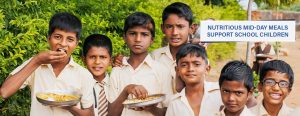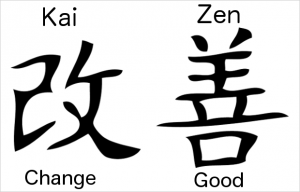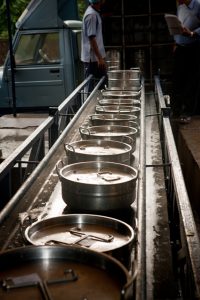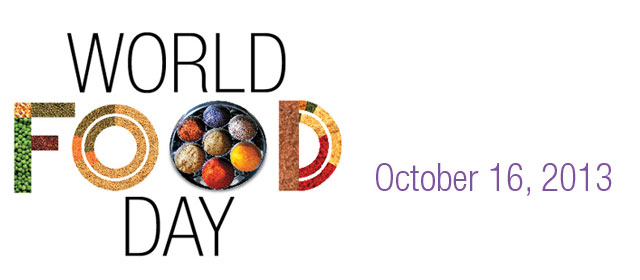‘Food for education’ is a time tested concept to bring children from underprivileged backgrounds to schools. The core idea behind this isn’t just to educate them by offering food as an incentive; it is also to attack the serious issue of malnutrition. Did you know that one in every three undernourished children in the world lives in India? That’s quite a daunting number! Akshaya Patra’s #HungryForSchool campaign aims at solving nutritional problems for better child development (besides improving literacy levels). Our menu is planned with much thought, to create a well-balanced meal. We believe that by including these 5 essential foods for a child’s development, we can help him/her become a brighter, healthier, happier person.
Our list of 5 super foods for a child’s development
1. Fresh vegetables: Fresh, locally sourced, seasonal vegetables are always a part of our meal. We try interesting recipes to make the children love them, and also to make sure they get their daily dose of vitamins, minerals and other essential nutrients.
2. Dairy products: It is no secret that calcium is extremely essential for a growing child. That’s why we regularly include dishes like ‘payasam’, made from milk.
3. Cereals: This includes whole grain cereals, rice and wheat. Carbohydrates give the children the energy to play, study and have a great time, all day long.
4. Beans and legumes: A fabulous source of protein, we include all kinds of beans and legumes into our recipes – lentils, chickpeas, red kidney beans, etc. We cook these thoroughly to eliminate toxins and aid digestion.
5. Oils: While most of us adults shun oil for various reasons, it plays a vital role in the growth of a child. All types of oils, even food containing natural oil (like dairy) is good for them. The body stores fats for energy and to transport essential fat-soluble vitamins.
To create a menu that is interesting, lip smacking good and includes the 5 super foods essential for a child’s development, is no mean task. But we’ve got the right set of experts, nutritionist and chefs to make this happen. We’re doing our bit every day to help malnourished children. Help us sustain our endeavours. Even the smallest contributions can mean a lot to a child in his/her formative years. Click here to see how you can help us.
















 In a country like India where poverty is immense and the extent of hunger and malnutrition is afflicting, an initiative such as ‘food for education’ addresses a larger issue. By effective implementation of the Mid-Day Meal, children not only have access to food and education but also get an opportunity to lead a better life. Children are the future of the nation. Through the initiative of food for education, they could survive with better health while improving their employability quotient as they acquire better skills. This ensures them better income and standard of living as opposed to no education and poor health due to lack of nutrition.
In a country like India where poverty is immense and the extent of hunger and malnutrition is afflicting, an initiative such as ‘food for education’ addresses a larger issue. By effective implementation of the Mid-Day Meal, children not only have access to food and education but also get an opportunity to lead a better life. Children are the future of the nation. Through the initiative of food for education, they could survive with better health while improving their employability quotient as they acquire better skills. This ensures them better income and standard of living as opposed to no education and poor health due to lack of nutrition.






